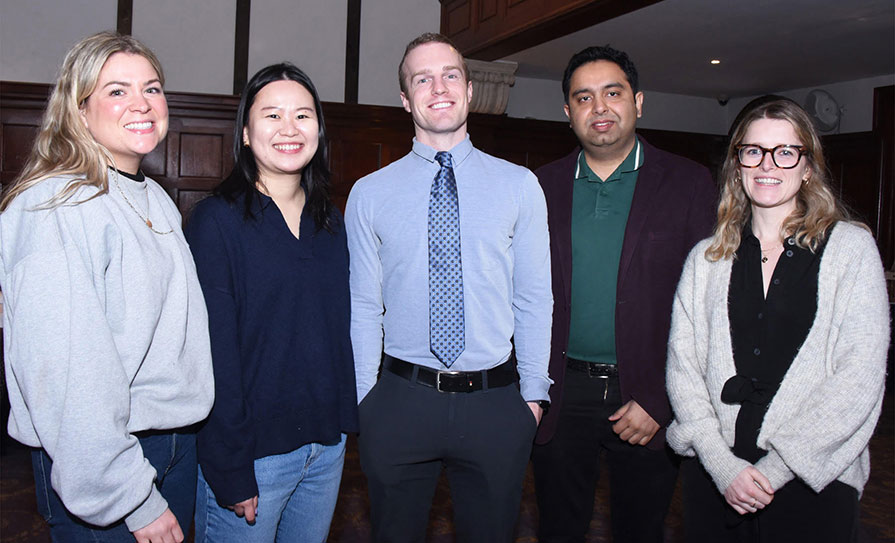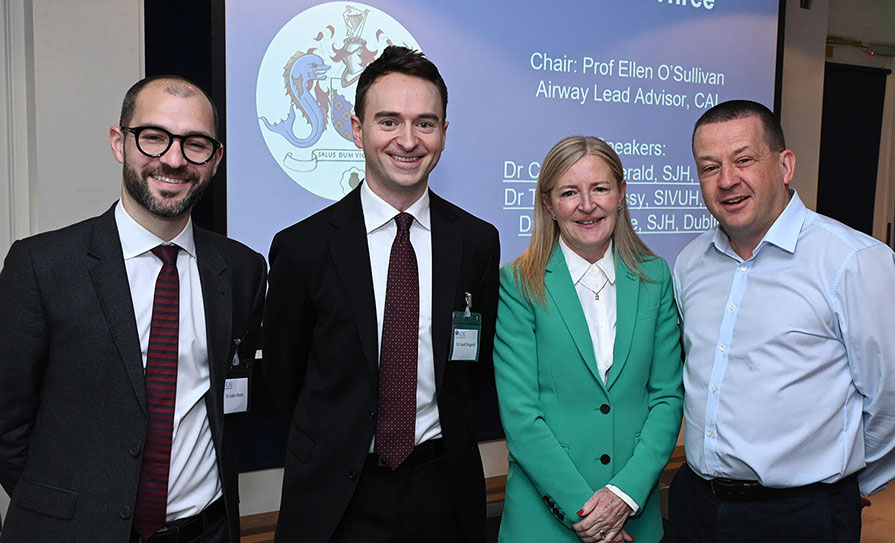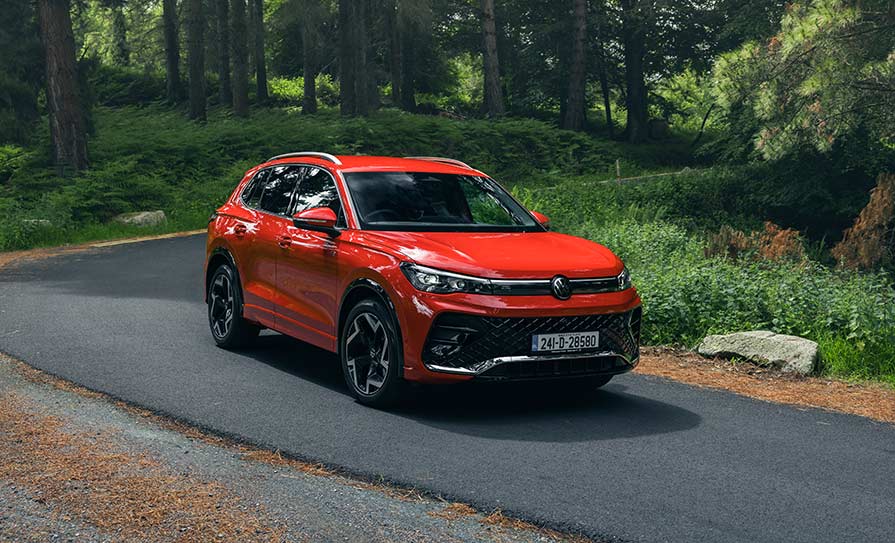<h3>A chilling societal study of ‘emergencies’ </h3>
At time of writing, the last of the dirty snow and slush is clearing itself from the highways and byways of the land and an apparently traumatised nation is recovering from its icy post-traumatic stress disorder.
The various print and TV media went into overdrive during the unlikely marriage between Storm Emma and the ‘Beast from the East’. Outside broadcast units from the major TV outlets sent reporters all over the country to find the most apocalyptic-looking settings possible.
It was a media feeding frenzy — bemused-looking people were stopped in the streets and invited to describe, in the most dramatic way possible, the ‘devastating’ impact of the snowstorm. They were asked about their fears, hopes and trepidations during all-day TV news weather specials that tried to spin the event as some kind of apocalyptic ice-age.
Many of them had the bad taste to reply that they were getting on with things and some of them even had the bad taste to wear a smile.
This is not to downplay the effects of the storm on many people who were left without power or became isolated, particularly in hard-hit rural areas. But I could not help thinking that Russian or Lithuanian people resident here might be laughing up their sleeves at the overall reaction to what to them could be an average day during cold snaps.
What struck me most was the public reaction, no doubt stoked by the media frenzy. Supermarkets were closed for between one-and-a-half to two days, but for the entirety of the following weekend, their shelves were completely bereft of bread, milk, meat, and a whole range of other basic supplies. Panic-buying kicked in and the sign hastily typed-up in Tesco read: ‘To ensure customer supply, each customer is limited to the purchase of a maximum of three loaves of bread.’
And then there was the obligatory footage of some geezer, presumably with some kind of point to prove, who took the opportunity to have a dip in the Forty-Foot in Sandycove.
And then there were the lootings and various instances of cars being burned-out. I guess scumbags will be scumbags, whatever the weather.
Granted, this was a very unusual weather event but it makes one wonder what would happen if, God forbid, we were visited by a real natural disaster of more than three days’ duration.
Because if these events are any kind of an indication, the fabric of society would fall apart quicker than a wet tissue.
<div> <h3 class=”DORSALhead2MIstyles”>Bumper-to-bumper </h3> </div>
Despite the disruption caused by the recent weather conditions, as often happens, the biggest idiots were those in charge of a half-ton missile on the country’s roads. I observed with disbelief people driving in the worst of the snow who were not just talking on their mobile phones, but incredibly, texting while they drove.
Just as bad were those who, unbelievably, were tailgating the car in front because they presumably felt they were driving too slowly. The mind does indeed boggle.
It brought to mind a recent study out of the Massachusetts Institute of Technology (MIT), which proved that rather than speeding-up traffic flow, tailgating causes what we term as ‘phantom traffic jams’.
The Computer Science and Artificial Intelligence Laboratory (CSAIL) at the Institute researched the problem and found that if we all just kept an equal distance between the cars behind and in front of us, we would reach our destination almost twice as fast as if we tailgate. They term the approach ‘bilateral control’ and have called on motor manufacturers to adapt their cruise-control systems to incorporate sensors on front and rear bumpers.
Toyota has weighed-in and will provide funding for further studies to assess whether such an innovation would not only improve traffic flow, but would also be safer. I think we all know the answer to that one and I hereby volunteer to answer that question for half of whatever Toyota is paying CSAIL.
In any event, modifying cars to prevent tailgating would require only minor new software and uncomplicated hardware adjustments.
Over to Prof Berthold Horn of MIT: “We humans tend to view the world in terms of what’s ahead of us, both literally and conceptually, so it might seem counter-intuitive to look backwards.
“But driving like this could have a dramatic effect in reducing travel time and fuel consumption without having to build more roads or make other changes to infrastructure.
“Our work shows that, if drivers all keep an equal distance between the cars on either side of them, such ‘perturbations’ would disappear as they travel down a line of traffic, rather than amplify to create a traffic jam.”
Failing that, I would be fully in favour of backward-facing rocket-launchers fitted as standard to all models and the absence of these could be a ‘fail’ category in the NCT.
It would be the ultimate example of the ‘nudge’ theory of behavioural science.










Leave a Reply
You must be logged in to post a comment.